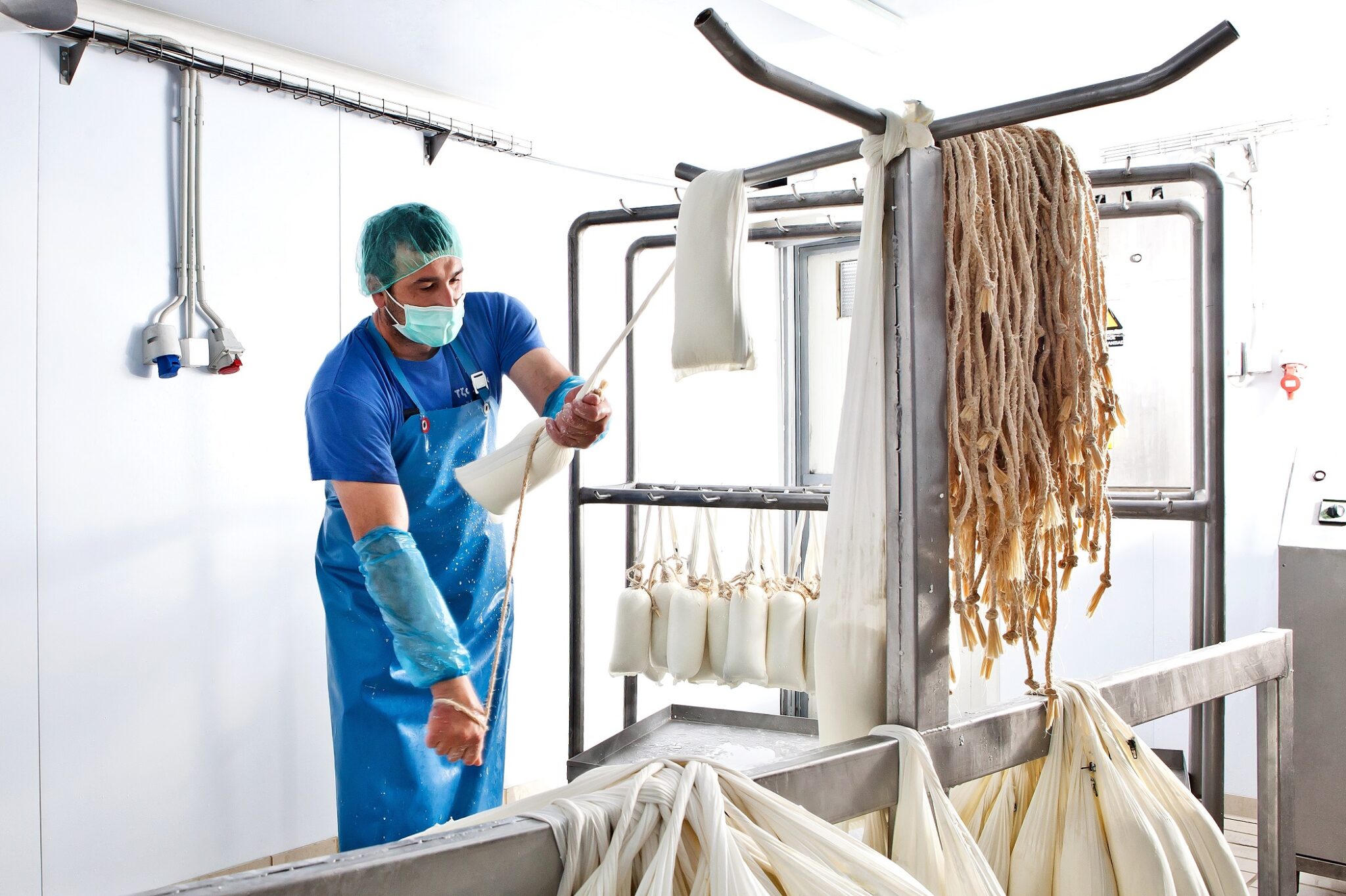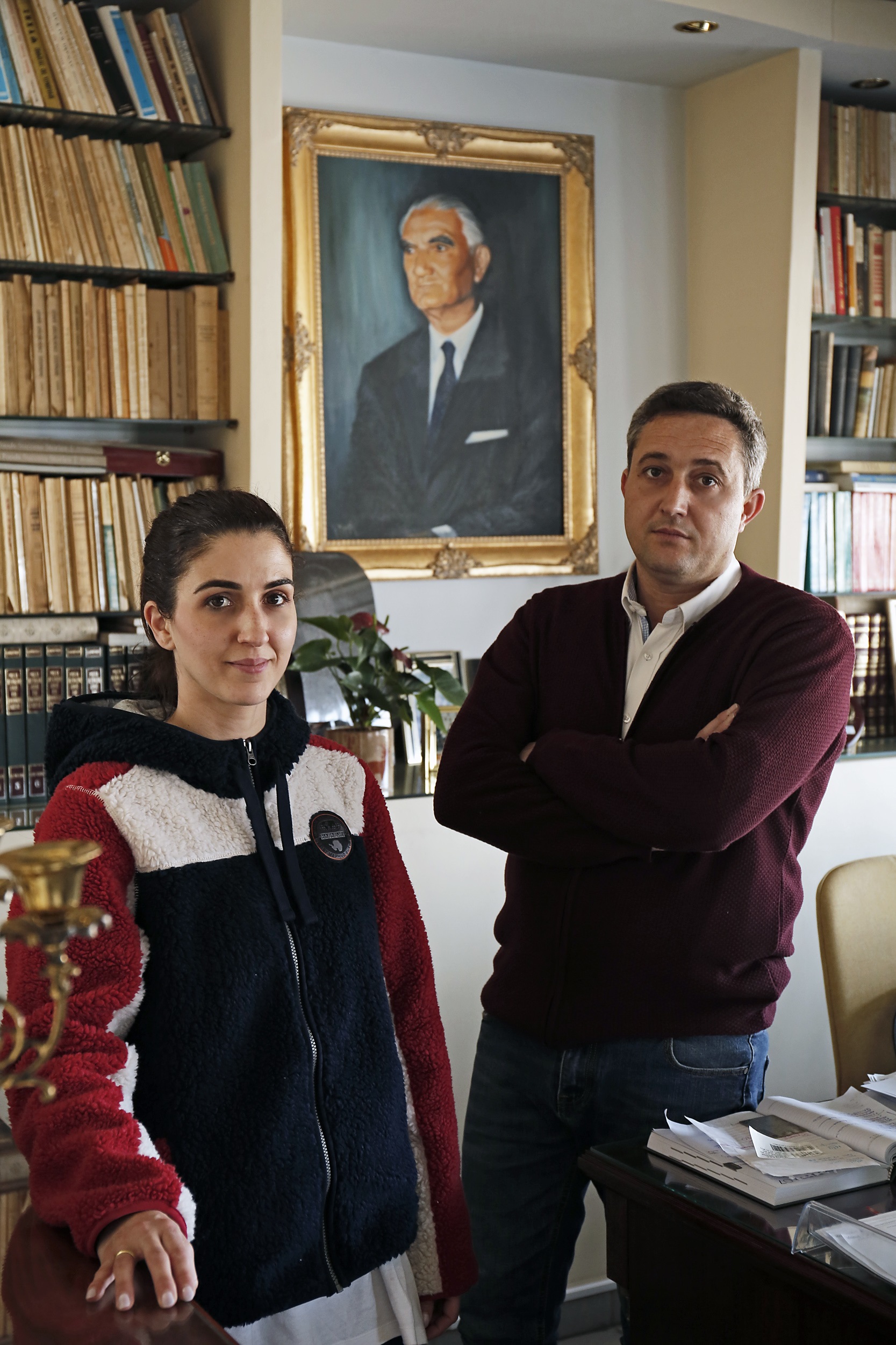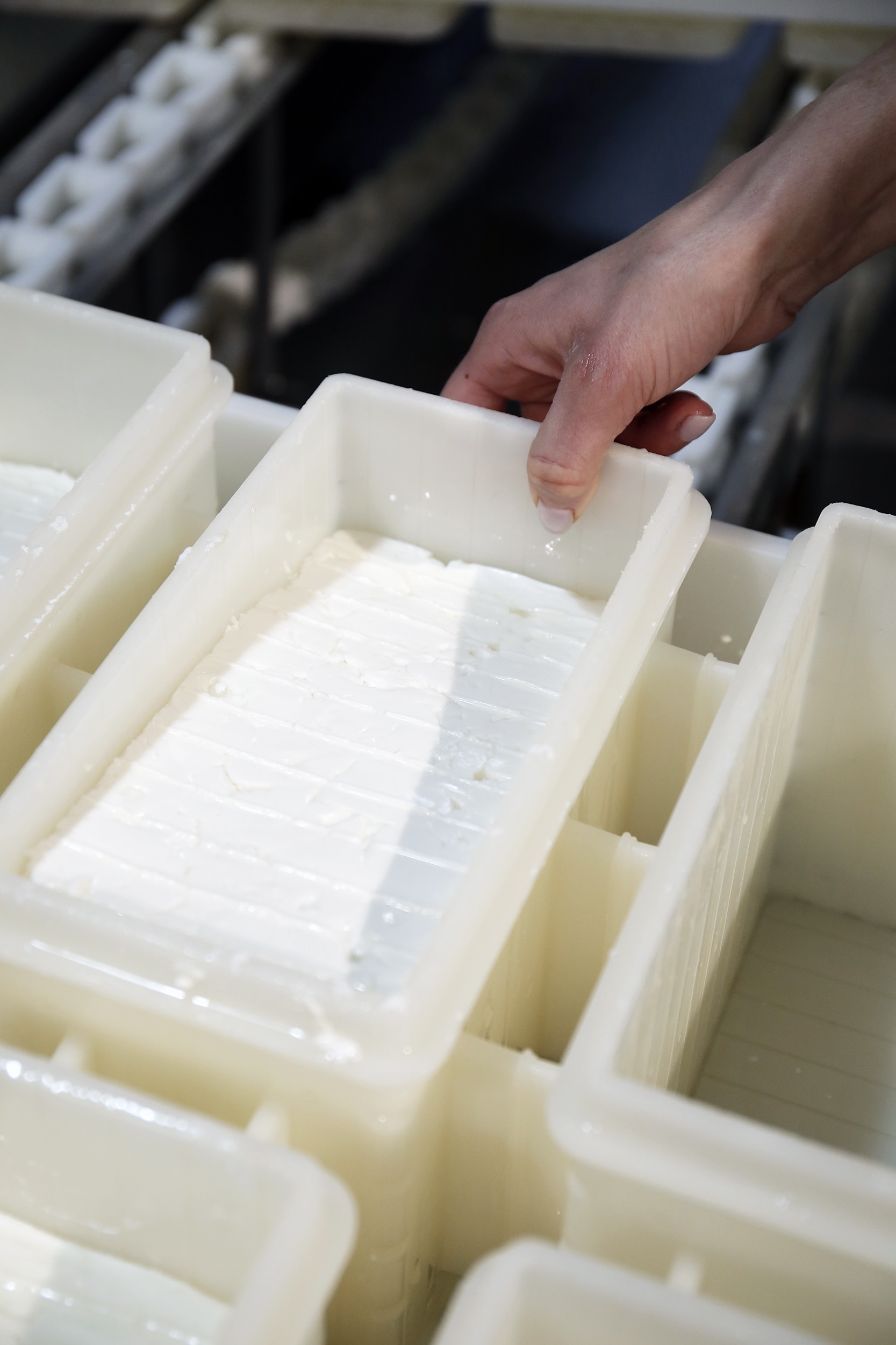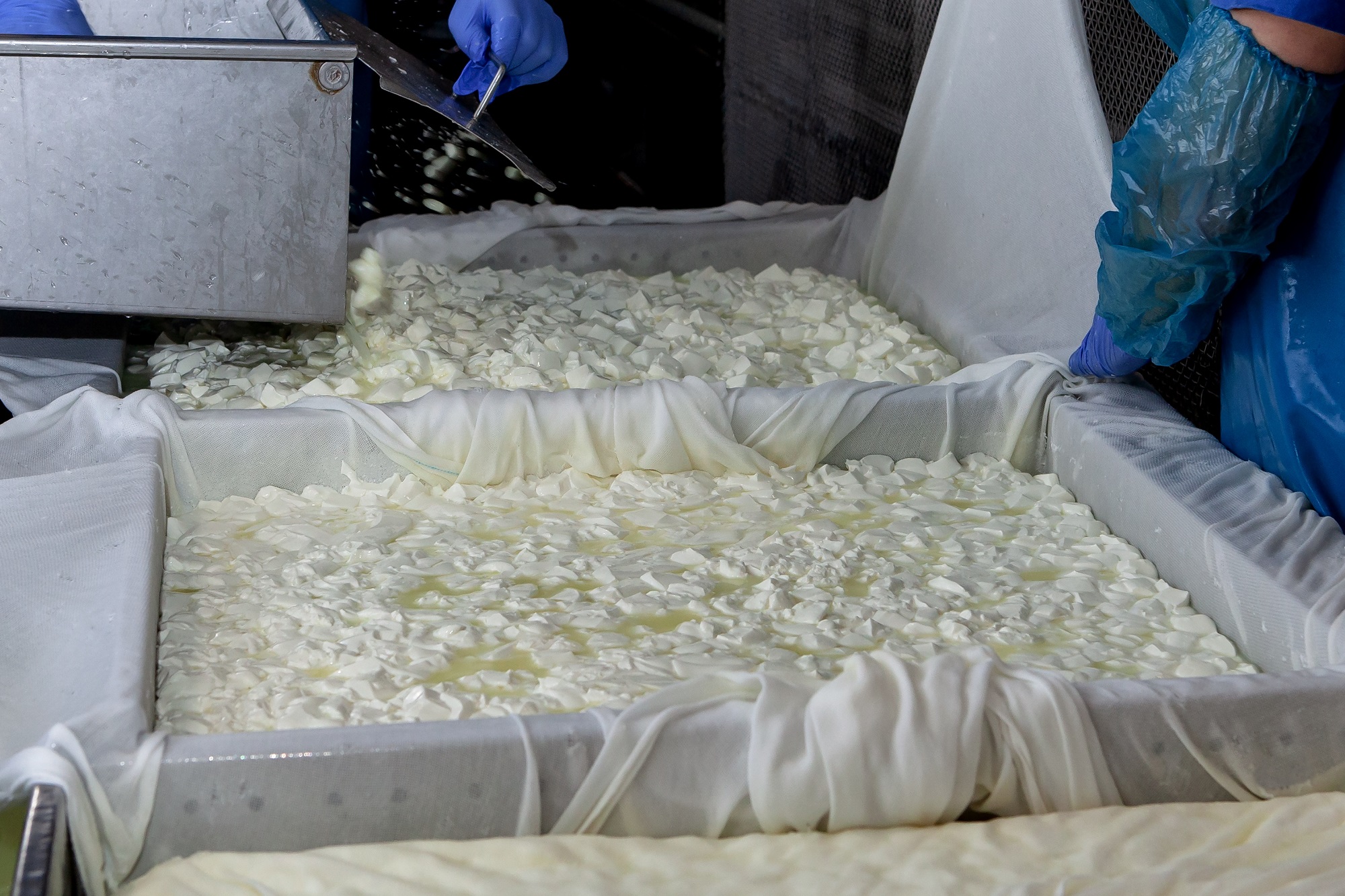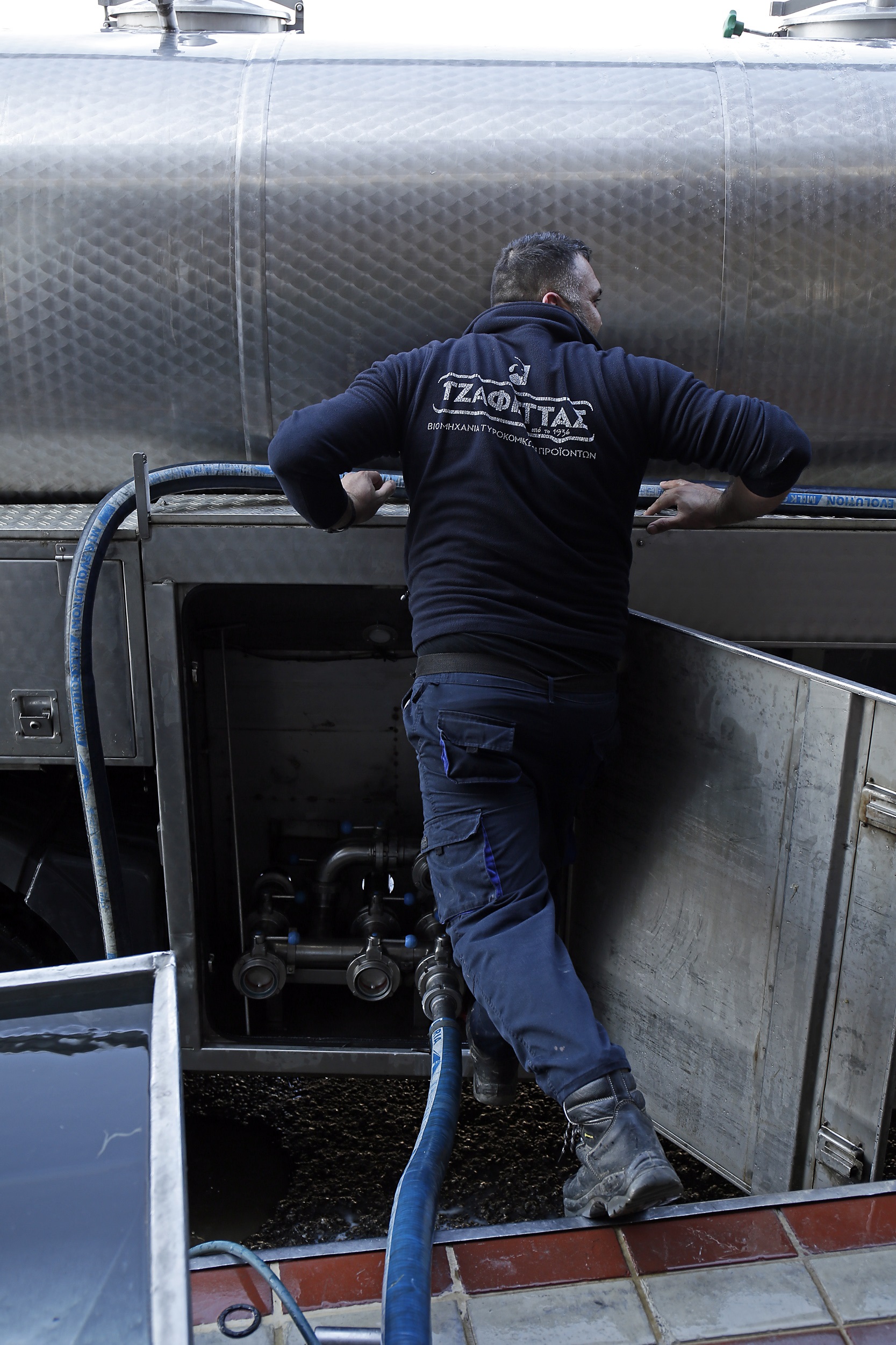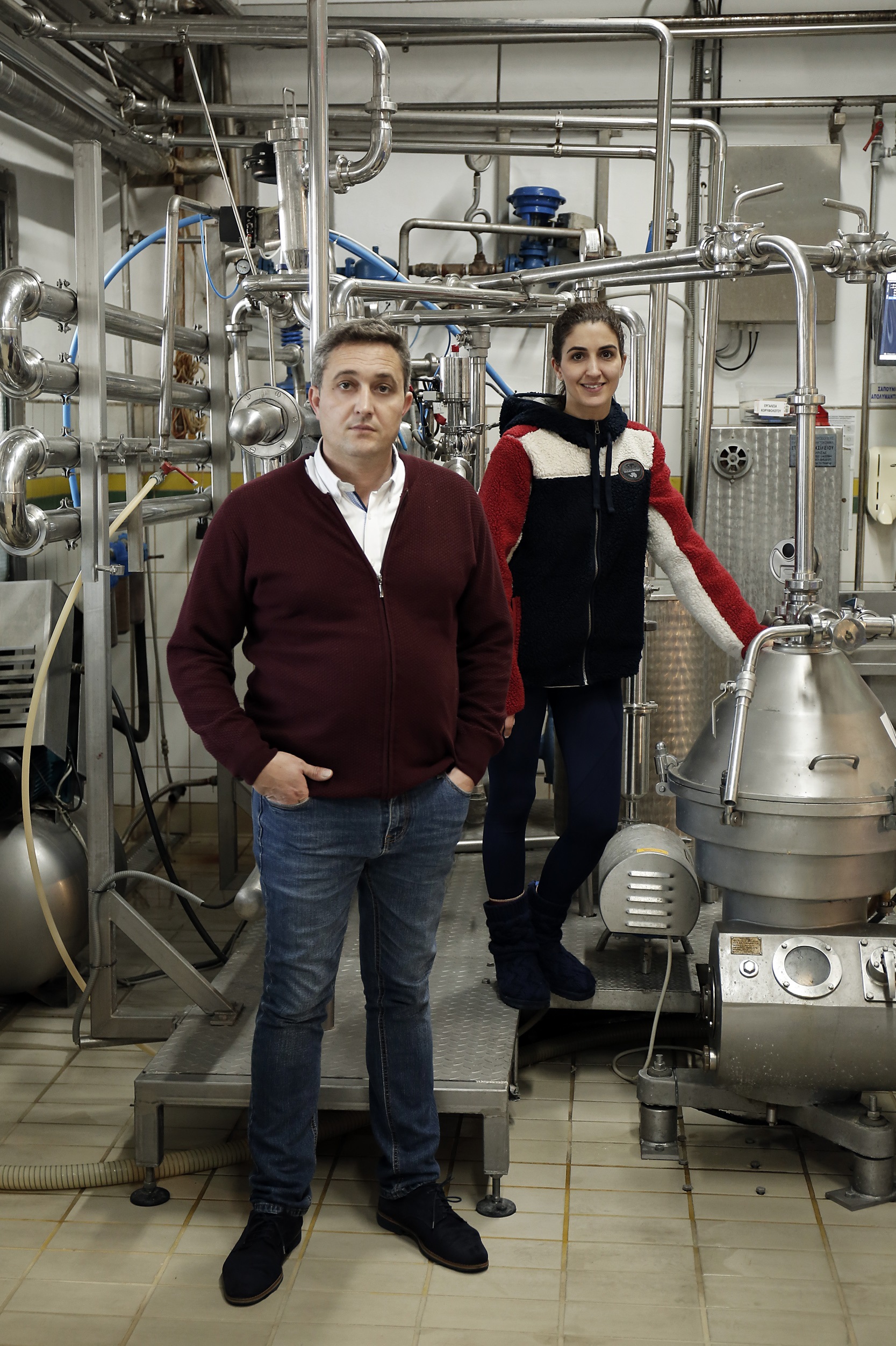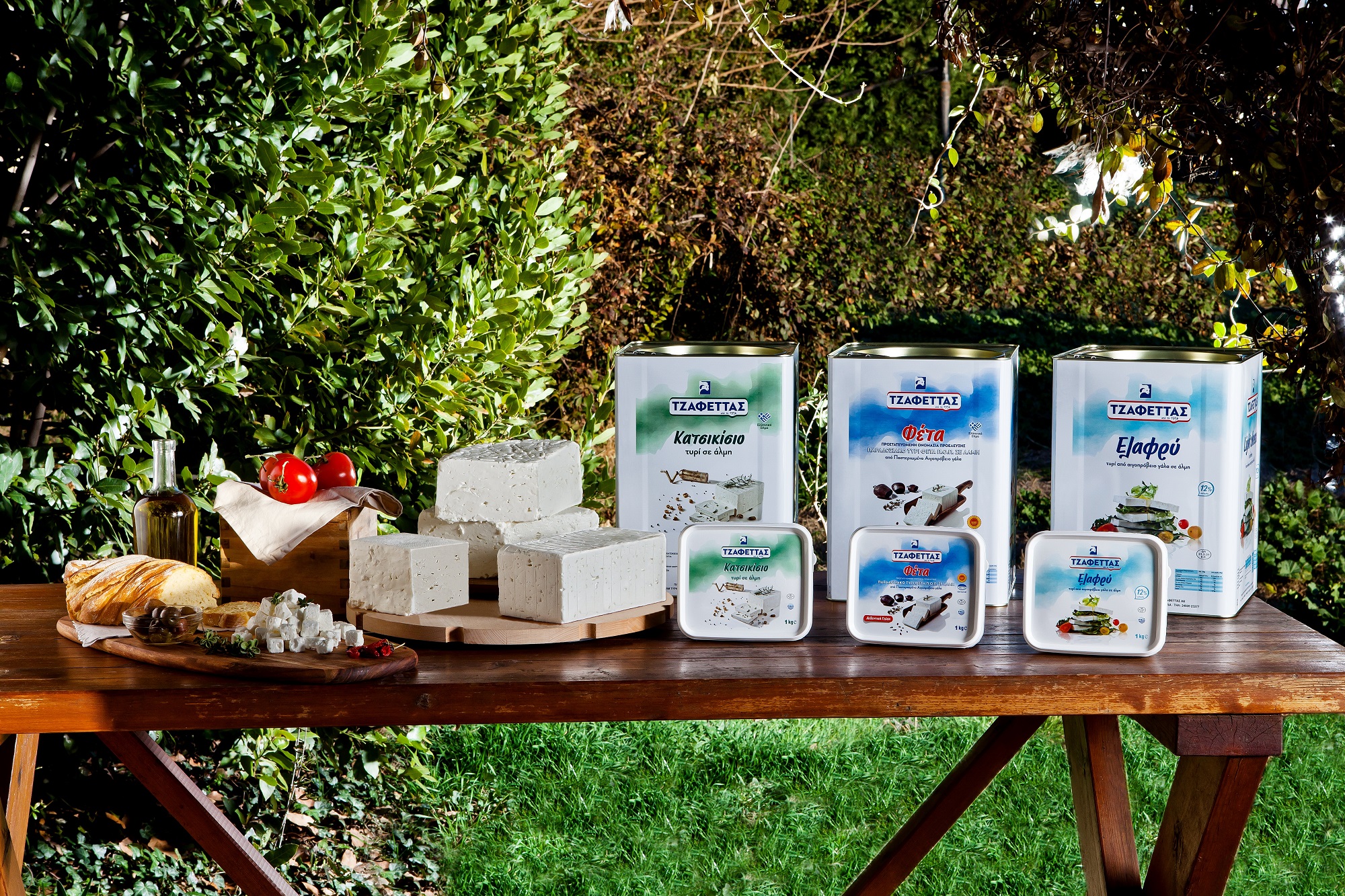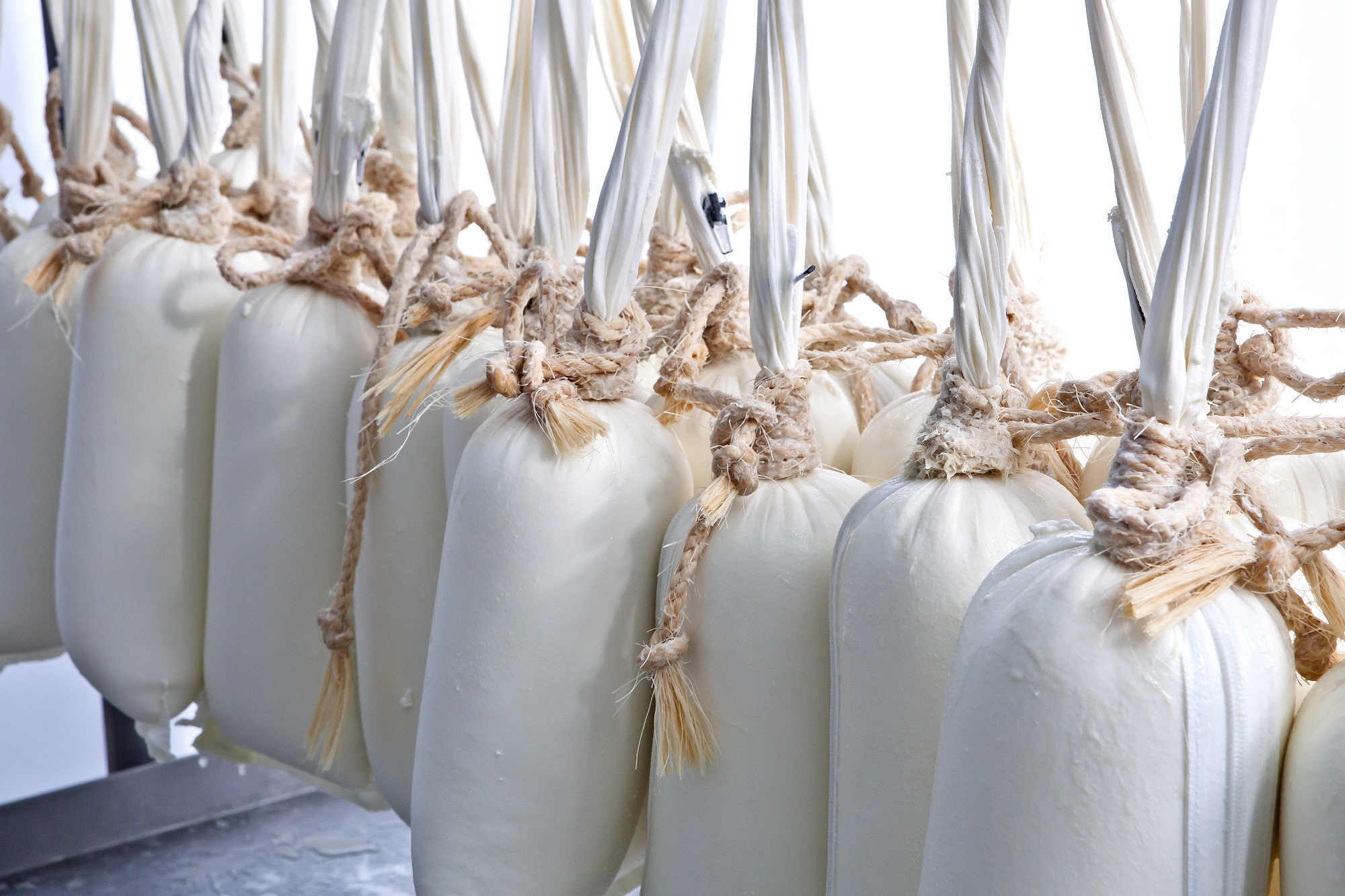From a cheese factory in Tyrnavos, Thessaly, you’d expect nothing less than a range of fine cheeses. After all, the town is famous for a number of gourmet products besides tsipouro – among them PDO Feta Tirnavos, PDO Feta Tsantilla Tirnavos, PDO Manouri Tirnavos.
The story of this particular business began in 1936, when forward-thinking and determined grandfather Nikos Tzafetas, who comes from the large farming family from Vlastis (in Kozani), envisioned a future defined by modernization and expansion. So he decided to boost milk production from the family’s herds and meanwhile started studying law, recognising the value of knowledge. In those years, Greek cheese-making was carried out with very primitive methods – in makeshift huts scattered across the meadows so that producers could easily access them. No electricity, no steam, with wooden tools and utensils and without basic sanitary conditions.
The reins of the business are now in the hands of the third generation of the family: Nikos, Evi and Kalliroi Tzafetas. They supply milk from the region, employ people from Tyrnavos where they live, and it has never occurred to them to do anything other.
We spoke with Nikos and Evi whilst taking a tour of their traditional dairy and asked them if they regard themselves as industrialists or cheese makers because the name of their business is ‘Cheese Product Industry’. “Oh, not industrialists, we consider ourselves as cheese makers”, says Nikos. “I grew up as a cheese maker, I learned cheese making from my father, who learned from my grandfather“. “And I introduce myself as a cheesemaker,” adds Evi Tzafetas. “I always say we come from a cheese-making family.”
And how about their children, what do they say when asked at school what their mum or dad does for a living? “For me, when I was little, my problem was always the question ‘what does your father do for a living? Is he a businessman? Is he an industrialist? Is he a cheesemaker?” says Evi Tzafetta. “So I would ask my dad, “what should I call you dad?” and his answer was, “You decide.” So Nikos and I simply said “our dad is a cheese maker”. Now our children say the same about us.”
As the ravages of the Second World War ended, grandfather Nikos Tzafetas built a cheese factory in Kozani and in 1959 he returned to Tyrnavos (where his home was) and built the current cheese factory. Ahead of its time, it had a milk purification filter and pasteurization for the hygiene of the products. He was then succeeded by his son Ioannis Tzafetas, who put the business on the road to success. As he saw an increase in demand for feta cheese abroad, he shifted production towards this product (along with a few other kinds of cheese), thus forming a state-of-the-art cheese dairy. In 1994 he started exporting, which now accounts for 75 % of production.
With such a development, I wonder if they are still making their cheeses according to the old family recipes. “Look,” explains Nikos, “our recipes are the same as those used by our grandfather and our father. But back in the old days, in the 1930s – because grandfather started the business in 1936 – or the 1940s, 1950s, 1960s, the technology was very, very far behind. It was almost non-existent. Not to mention the sanitation protocols! Today, it goes without saying, we apply the most modern methods and the most contemporary production techniques. And all the hygiene and safety protocols, of course.
“But we also keep a part of our products that continue to be made in the traditional way,” Evi explains, “for example, we have feta cheese that was made in exactly the same way as in the old days: in the so-called “tezakia”, or cheese tables. We put the cheese in the “tsantilla” (a gauze or linen draining cloth), place it on the cheese bench and put a weight on the tsantilla to drain it. Everything is done by hand, while the other cheeses are made by machines.”
Is the taste, aroma and texture of handmade cheese different from that of cheese made by machines, even though they’re both made according to the same traditional recipe? “Tsantilla feta and machine-produced feta are two completely different kinds of cheese when it comes to their taste, aroma and texture,” we are told, “a different composition and a different taste. It’s the same recipe, but essentially gives two different products. And the difference comes from the human hand.”
Have they ever considered doing something different professionally? No, Evi categorically answers. “I never even thought about it. We grew up with it, coming here in the summers, and whenever we didn’t have school, since we were young children. Dad made us work; he taught us to love the art of cheese making from a young age.” For her, moreover, making traditional cheeses is a kind of service. “Tsipouro, feta, ouzo, the production of all traditional products in a proper and quality way, is a contribution to honouring Greece through our food culture,” she says, “so I feel like I’m offering something unique.”
“We are preserving and offering something that is written in the DNA of Greeks,” Nikos adds, “but not only that. Because when exports increased, all of us Greek producers officialised feta as part of Greece’s ‘food DNA’ in Europe. And that is a great achievement.”
We wonder if out of the wide range of Thessalian cheeses, they chose to focus on feta and manouri for economic reasons. Nikos explains: “Obviously, feta is the flagship of Greek cheese production. It’s a cheese that is extremely fast-moving. Manouri, however, is different, as it’s not such a staple in the daily diet of Greeks or Europeans. It’s more special, more gourmet, if I may use the term.”
“In particular, ‘air manouri’, or “aeromanouro” as they call it in Vlastis, Kozani,” explains Evi, “is a completely different cheese from fresh manouri. Continuing, Nikos tells us that it is a very old cheese, which has its roots in Vlastis. “We chose to produce manouri because watching the market, we saw that in recent years there was a trend – mainly among young people – to like this product, as well as other special, traditional cheeses.”
The dairy sources its milk from small livestock farms in Trikala, Domokos and the wider Elassona area. Depending on its needs, it uses milk from almost all of Thessaly. It produces feta, feta tsantilla, manouri, goat cheese and galotyri. It employs 25 people and all employees are from the region.
Their greatest concern is that they cannot find enough people to work for them. They believe this will be a big problem for Greek livestock farming now and in the future. Indeed, Evi says that this is one reason why domestic livestock farming is nearing extinction.
Read also:
Eclectic Dairy Products of Grevena, Northern Greece
5 Local Products to take Home from the Ionian Island of Zakynthos



